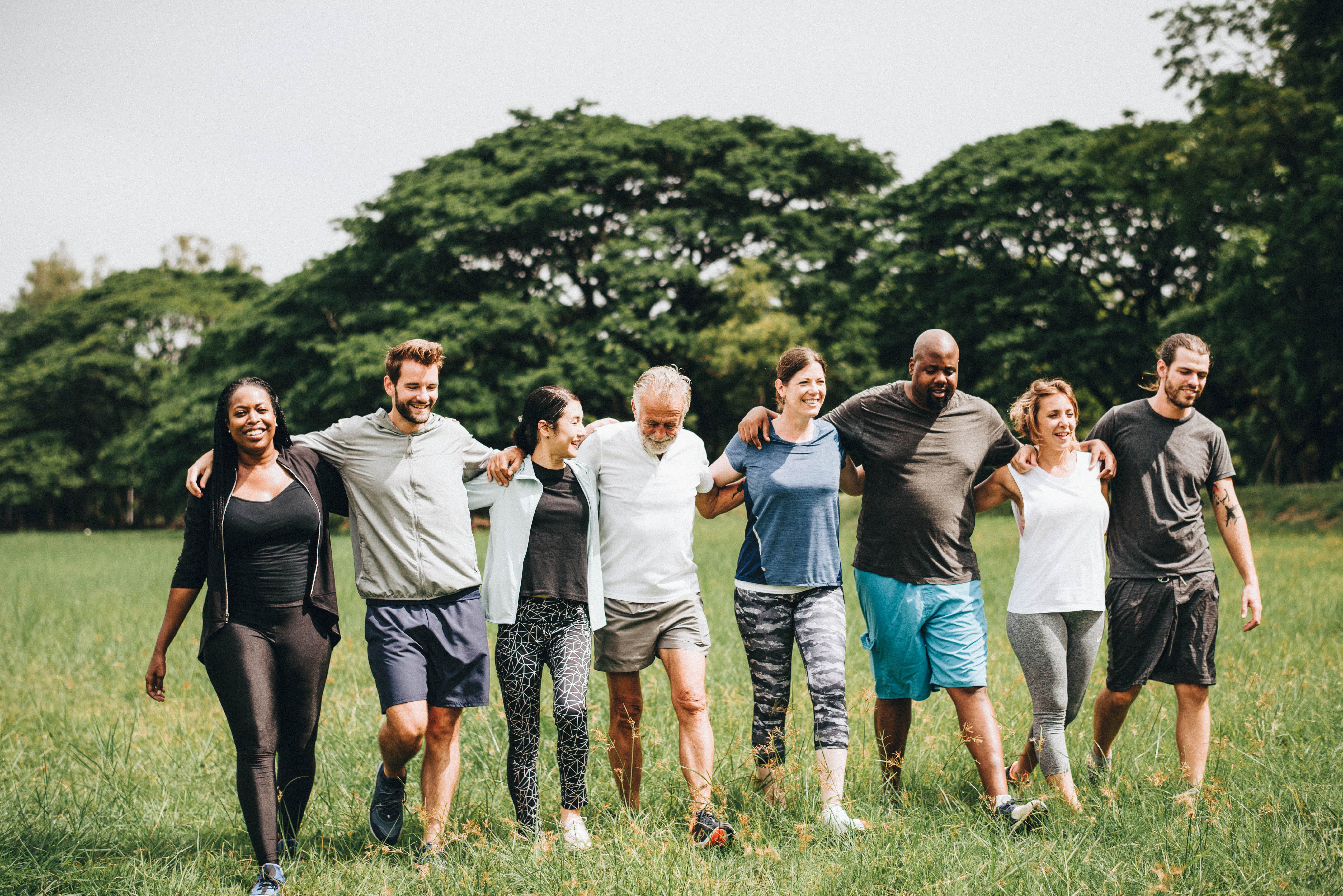Date published: 2023-06-22 | Category: Public Health, Wellbeing support, Delivering for local residents, Equalities, Improving people's lives

A new seven-year strategy to improve the health and wellbeing of residents in Bath and North East Somerset and address inequalities has been launched.
The Bath and North East Somerset (B&NES) Joint Health and Wellbeing Strategy: Our Vision for 2030 sets out four priorities which together will help people have the best start in life, live well in caring, compassionate communities, and make it easier for people to live physically and emotionally healthy lives.
It will pilot new models of healthcare like Integrated Neighbourhood teams, to make it easier for residents to access the right care and support when and where they need it; focus on affordable warmth support for those people living in homes most at risk of cold and damp and provide intensive support for disadvantaged children who are doing less well at school.
These are all actions that evidence shows will help improve health and wellbeing outcomes for people living in B&NES and help establish the right foundations to reduce some of the unfair outcomes some residents experience.
The four priorities set out in the strategy are:
- Ensure that children and young people are healthy and ready for learning and education – so that all children get the best start in life and have the same chances to live healthy and well lives.
- Improve skills, good work and employment – working to reduce the impact of poverty, low wages and poor-quality work on our health and wellbeing.
- Strengthen compassionate and healthy communities – so people feel supported and less lonely in our communities. We also want residents to be better equipped with the right resources to maintain and improve their own physical and mental health.
- Create health promoting places – affordable, warm and safe housing is central to good health and wellbeing. We want to work to make sure our wider built environment is designed and built to make it easier for us all to be healthy and well.
Bath and North East Somerset follows the national trend of increasing numbers of children and young people receiving support for social, emotional and mental health needs – and pressures on the health care system have made it challenging for residents to access the care they need.
The difference in life expectancy between the most deprived and least deprived areas of B&NES is 11 years for women and seven years for men.
Residents have played a key role in identifying the priorities through public consultation held in Autumn 2022.
The Health and Wellbeing Strategy is led by the B&NES Health and Wellbeing Board and will be delivered through partners that work together to improve the lives of residents.
Councillor Paul May, Chair of the B&NES Health and Wellbeing Board, said: “This new strategy sets out an ambitious challenge for the next seven years: to improve the health and wellbeing of residents and tackle inequalities.
“We want people to feel supported in our communities so that they can improve their overall health. An important part of this is making sure that health and care services can be easily accessed near people’s homes. We also want to ensure that wider issues such as jobs and housing are meeting people’s needs, because we know that people with lower incomes are more likely to report their health to be poor and also that work can impact health and wellbeing. Affordable, warm and safe housing is also central to good health and wellbeing and is a priority to be tackled.
“The strategy will give our partnerships a common language and act as a point of reference for all organisations that support the health and wellbeing of residents in B&NES. Thank you to everyone who has had their say to help shape this important plan.”
The priorities are also based on information from the B&NES Strategic Evidence Base, previously known as the Joint Strategic Needs Assessment or JSNA. They draw from information gathered by partners from health, social care, local authority, higher and further education, public services, and community and social enterprise groups.
The Health and Wellbeing Board has worked to make sure that the strategy influences and is influenced by the B&NES, Swindon and Wiltshire (BSW) Integrated Care Strategy, the B&NES Economic Strategy, the B&NES Local Plan, and the BSW Health Inequalities Strategy. This strategy sets high-level direction for the B&NES Integrated Care Alliance. Detail of how partners will deliver the strategy is set out in a separate Implementation Plan.
The Bath and North East Somerset Health and Wellbeing Board is a statutory forum where political, professional, clinical, and community leaders from across the local authority, care, health, Third Sector, higher and further education and the wider system come together to set direction to improve the health and wellbeing of their local population and reduce health inequalities. The Board is a key mechanism for driving joined up working at a local level.
ENDS
